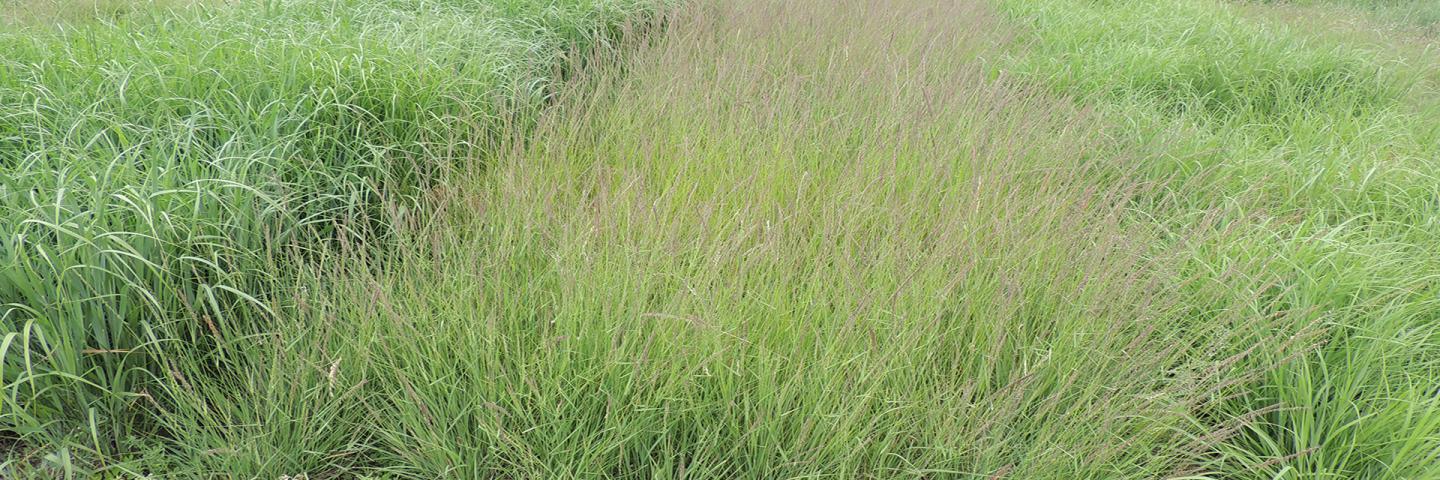When is the Best Time to Plant Warm-Season Grasses in the Northern Great Plains?

Warm-season grasses can provide valuable forage and cover. A study to evaluate establishment of native warm-season grasses seeded in spring, summer and as a dormant seeding in tilled and no-tilled seedbeds was conducted at the Bismarck Plant Materials Center. Spring seeding was most successful.

Perennial, warm-season grasses can provide quality livestock forage, erosion control and wildlife habitat in the hot summer months when cool-season grasses are dormant or less productive in the Northern Great Plains. However, establishing stands of native warm-season grasses can be challenging. Seeding date is one of the many parameters affecting establishment. A four-year study was conducted at the USDA-NRCS Plant Materials Center, Bismarck, North Dakota to compare establishment of warm-season grasses seeded in spring, late summer, and dormant seasons. Big bluestem (Andropogon gerardii), Indiangrass (Sorghastrum nutans), switchgrass (Panicum virgatum), sideoats grama (Bouteloua curtipendula), and blue grama (Bouteloua gracilis) monocultures were seeded annually within each of the three seeding windows into small grain stubble (e.g., barley (Hordeum vulgare) and oats (Avena sativa)) or conventionally tilled (clean) seedbeds. Plant density was measured and compared for each of the planting seasons and seedbed types.
Spring seeding dates resulted in the most consistent and greatest establishment density regardless of seedbed. Summer seeding resulted in poor, inadequate stands. Dormant seeding generally had better establishment than summer seedings, but poorer than spring seedings. In years with favorable environmental conditions, differences in stand densities were less obvious between seeding seasons. However, seeding in the spring achieved the most consistent and successful stands across all years.
Warm-season grass establishment is affected by environmental conditions and can vary from year to year. In this study, spring planting of warm-season grasses was the most reliable season to successfully establish warm-season grasses in the Northern Great Plains. For more information on the results of warm-season grass establishment seeding dates trial in the Northern Great Plains, refer to the final study report.
For additional information on specific species of plants mentioned in the article, please see the USDA PLANTS database. Technical information and guidance on the use of conservation plants to address resource concerns can be found on the Plant Materials Program website or contact the nearest Plant Materials Center or plant materials specialist.

